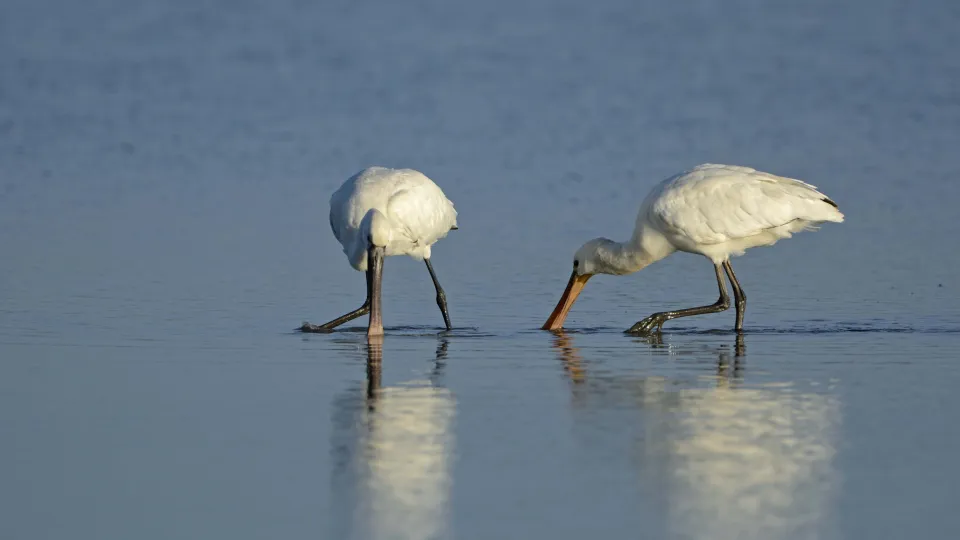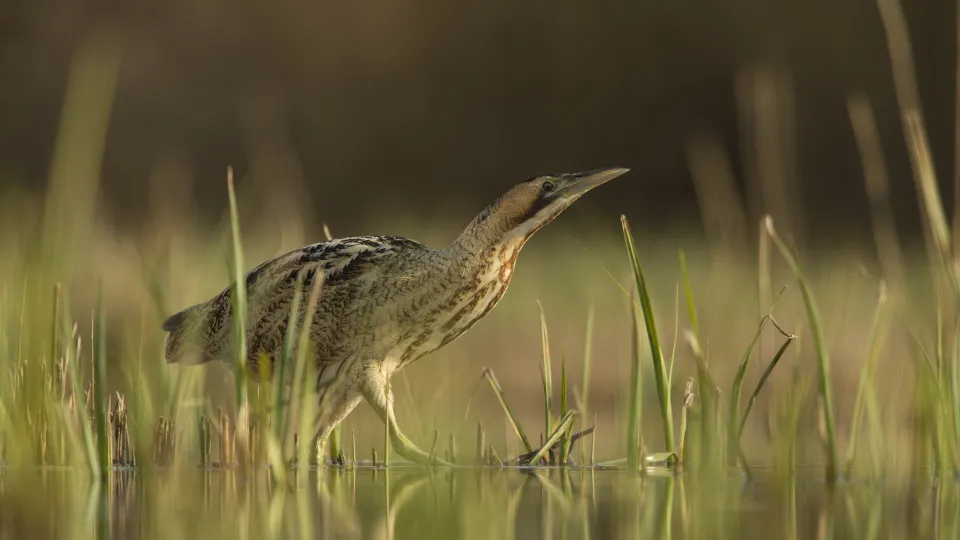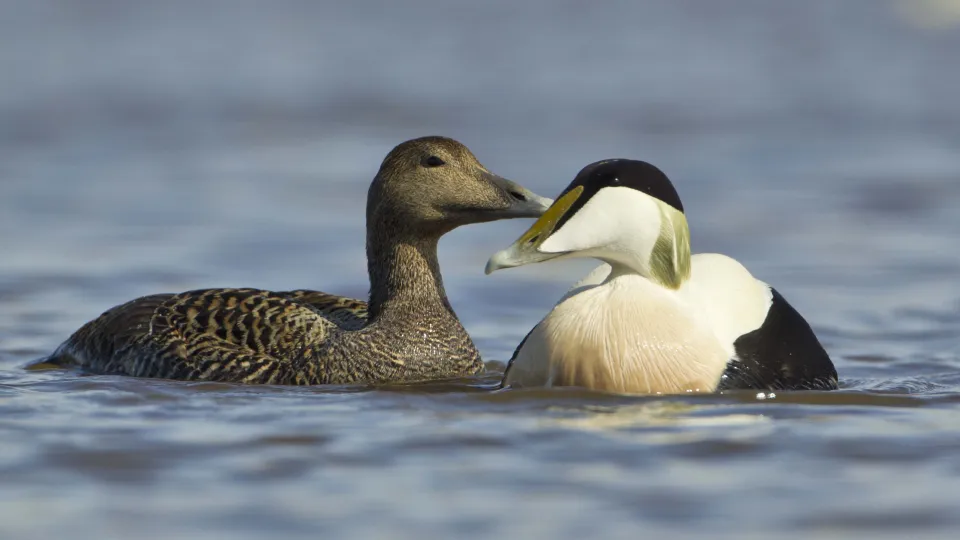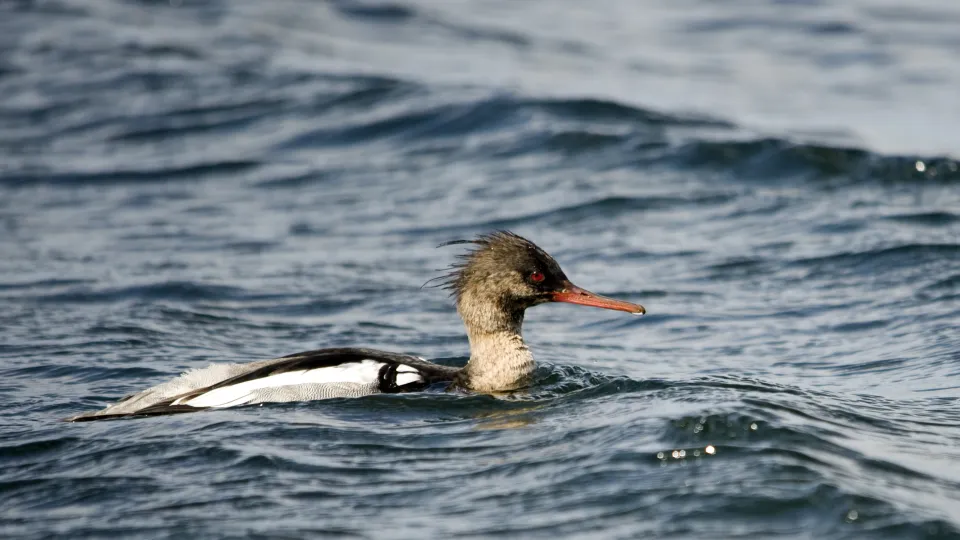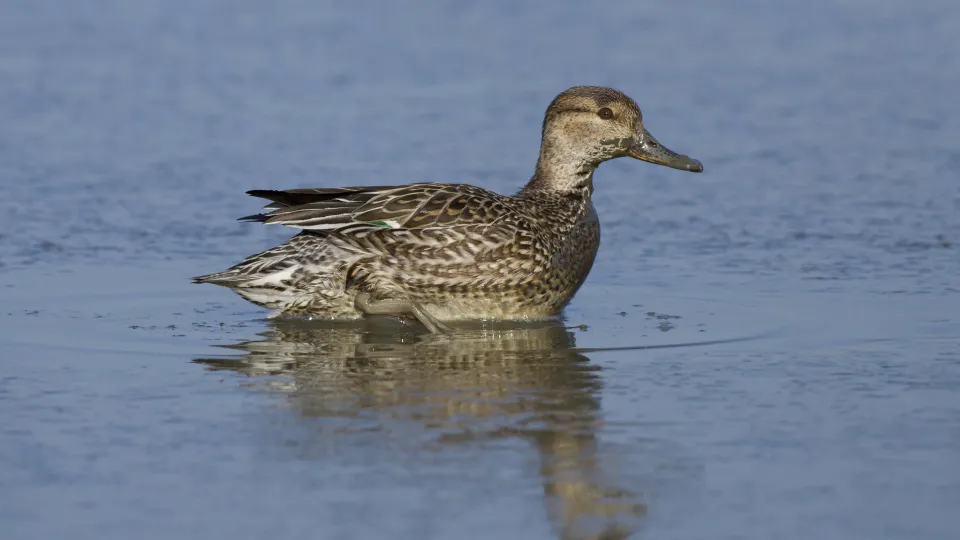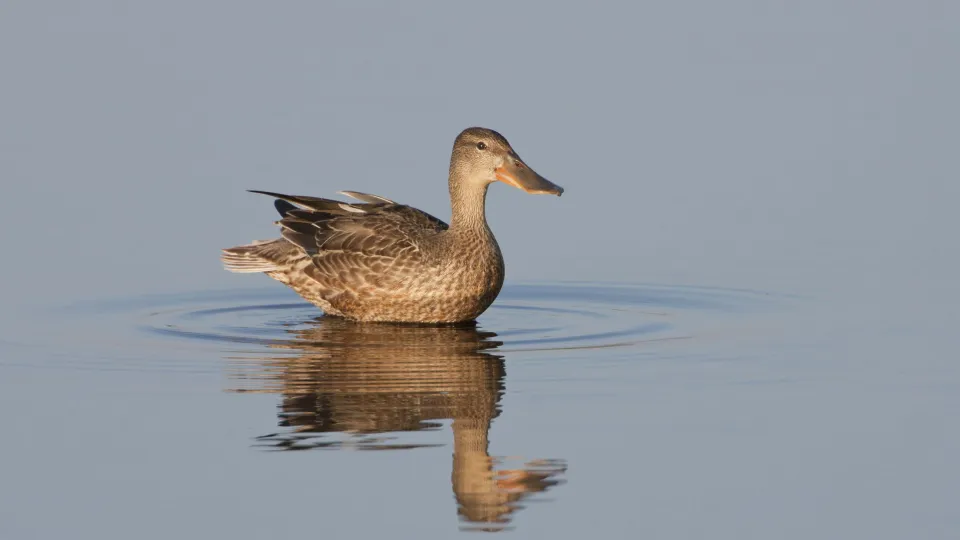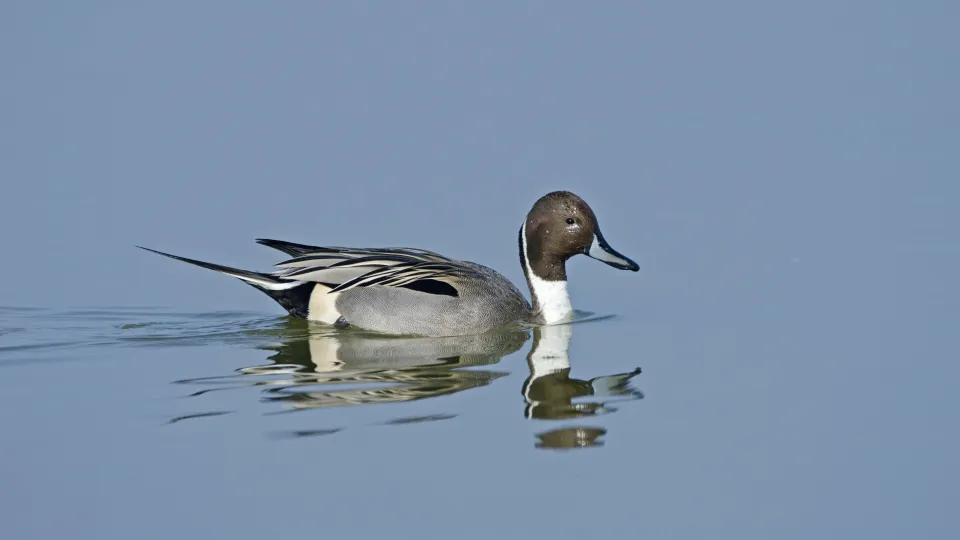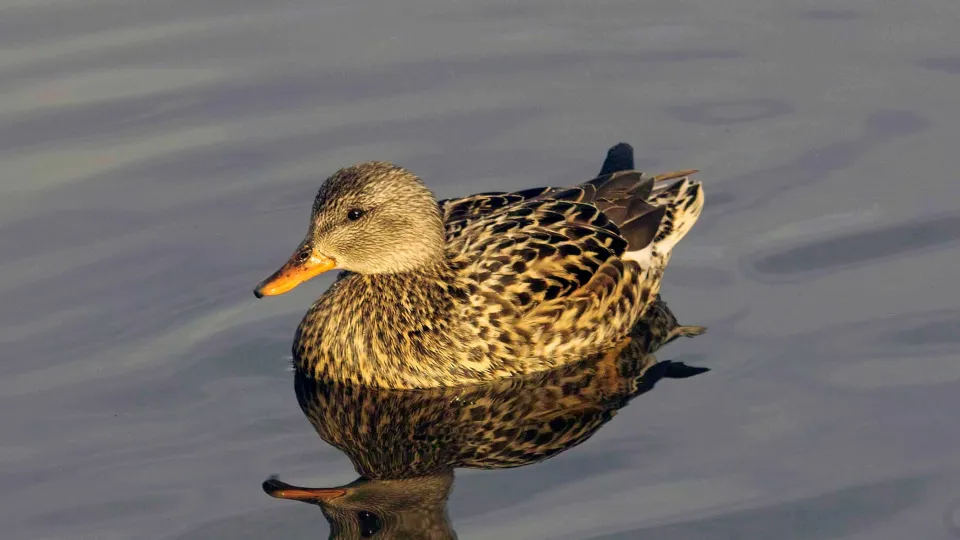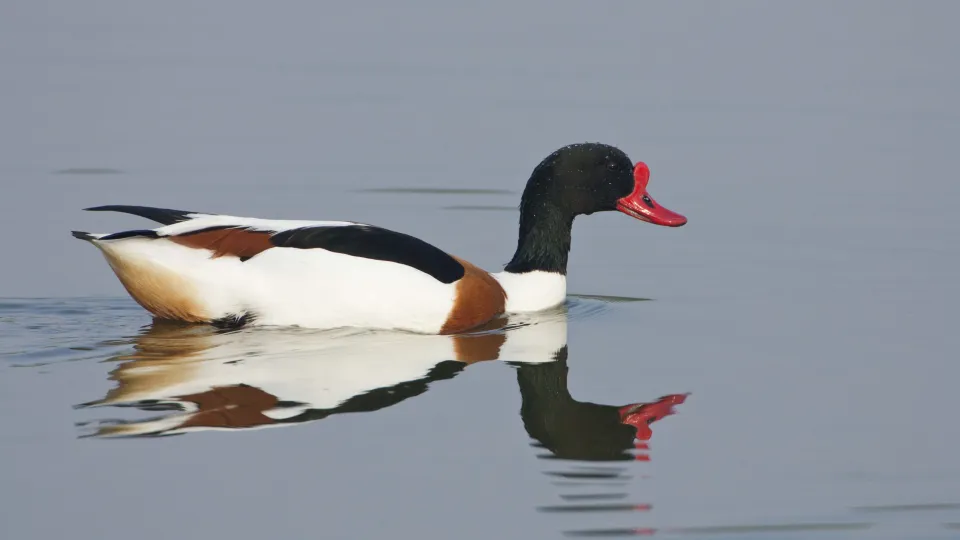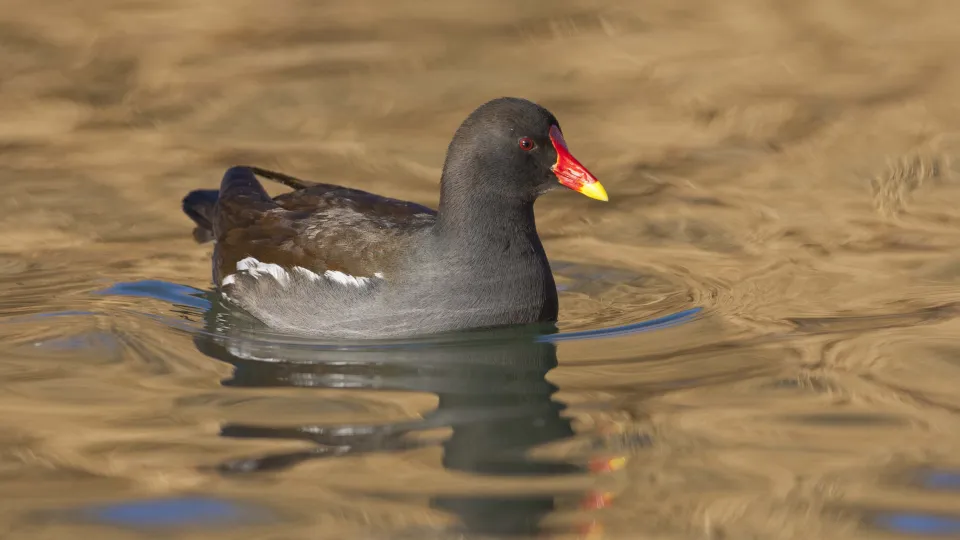
Moorhen
A familiar black bird of our lakes, ponds and rivers, the moorhen is widespread; look out for its large and untidy-looking nest on the water in spring. It can be distinguished from the similar coot by its yellow legs, red beak and the white patches on its body.

